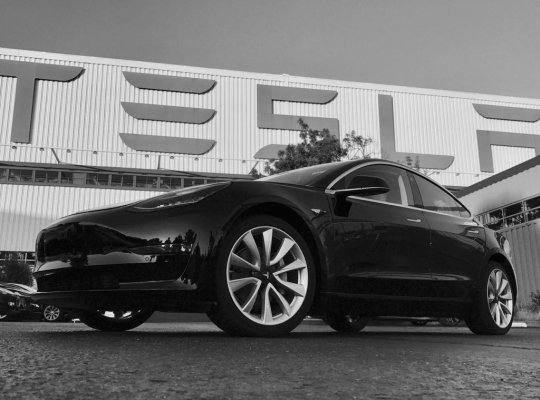Tesla talks a lot about safety, and rightfully so. They have beaten even the safest cars at their own game and thus have created a family brand in the process. In the spirit of safety and family, one of the major success stories that Tesla hasn’t brought to the forefront is that it could very well be the greatest family car since the modern-day station wagon — but for less obvious reasons.
The “easy” stuff. The model S and X hold an incredible amount of cargo and people and get you to your destination in a quiet, supremely comfortable and almost effortless manner. Yes, the power comes on like a knife through warm butter, in such a linear fashion that even the great combustion engines are quivering in their cylinders. With all its engineering prowess, however, the supercharging is where the true family friendliness starts to shine.
Consider for a moment the last time you took a road trip with your kid(s), something over 200 miles. Did you stop? If so, how many times? Did you take time out of the drive to get out and stretch and walk? What type of food did you eat along the trip? How did you and your family feel when you arrived at your destination? If you answered “no” to the above and prefer snacks, junk food and cranky, hangry co-pilots, then you probably aim to travel with lowest time duration in mind. This is generally the worst for your children, not to mention your health and state of mind… and this is where charging comes in.
With all its engineering prowess, however, the supercharging is where the true family friendliness starts to shine.
It’s undeniable that each time you use your Tesla for a road trip, you’re going to likely add between 20-40 minutes to your trip, per charge. Conversely, for a similar distance in a traditional gasoline-powered car, you may only need to stop for 5-10 minutes to fill up, saving you a net gain of about 20 minutes. Here lies the secret of Tesla. The extra time required to charge creates a shift in mindset, and the dreaded kicking and screaming from the back seat turns into an opportunity to get out, eat a normal and healthier meal and play.
Superchargers are usually sponsored by a restaurant, shopping center or grocery store so you and the kids can find something for everyone. Instead of eating snacky gas station food in the car, you are set up to sit down and eat a real and healthier meal at a picnic table or in a family restaurant. It has proven to be a smart model for Tesla to partner with local commerce in building their network. Many of the superchargers are situated next to parks, and almost always have space to walk around, kick a ball, have a picnic and thus provide a certain quietness not found when paying at the pump.
For the Tesla families, there’s great software showing you restaurants with clean bathrooms, grocery stores and charging availability for you as a driver to choose from. If your kids prefer Panera Bread over a grocery store, no problem, there’s an app for that; try Teslarati or EVTripping.
If you’re like most Tesla drivers, you’re looking to balance the amount of time needed to charge with the overall trip. With a recent update that Tesla pushed to the driver’s dash, you can now see supercharger availability, which is a good starting point. If you want to get a bit more detail, you can use a product called TezLab (full disclosure, my company built TezLab) that will show you your charging rate and estimated wait times, among other features, enabling you to maximize family time while you charge.
As the summer winds down and I reflect on the almost 7,000 miles of driving that’s been done, I now look forward to the times when I can charge. The experience of getting out of the car, plugging in the charger, grabbing the kids and walking away to reset is a shift, but a rewarding one. You’ll likely feel more refreshed, even with a slightly longer duration, and have a happier family if you decide to make the move to electric for your next family car.
